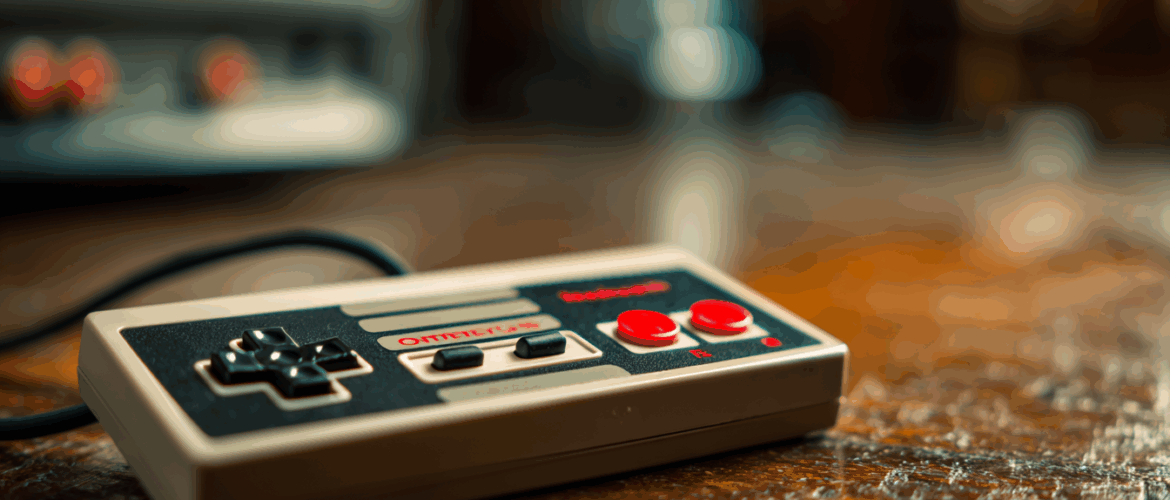Imagine a world where your customers are engaged, motivated, and eager to interact with your brand. A world where your marketing efforts are not just seen, but experienced. Welcome to the world of gamification in digital marketing.
Many consumers are bored with modern marketing strategies. They feel overexposed to advertisements and unwilling to engage with anything that feels too “sales-y.” As a result, your current marketing materials may be going to waste.
Gamification can help you engage those customers and bring them back to your company. Read on to learn all about what it can do for you.
What is Gamification?
Gamification is the process of adding game elements and mechanics to non-game contexts, such as marketing campaigns, to drive engagement and motivation. By leveraging people’s natural desire for competition, achievement, and rewards, gamification can turn even the most mundane tasks into new and interesting experiences.
Gamification can be either subtle or overt, and it’s effective either way. People may not be consciously aware that they’re “playing,” but the result is the same. The reward center in their brains gets activated, triggering a small dopamine release. Over time, this drives repeat purchases and engagement and, ideally, customer loyalty and attachment.
Gamification isn’t new, but it is currently underutilized in many industries. Now may be the perfect time to incorporate it into your own marketing plan.
Benefits of Gamification in Digital Marketing
So is incorporating gamification into your marketing strategy really worth the time and effort? Here’s a quick breakdown of some of the benefits you can expect when you give gamification a try.
Increased Engagement
Gamification can boost customer engagement by making interactions more enjoyable and interactive. By incorporating game-like elements, such as points and badges, you can encourage customers to participate and stay engaged. More engagement means more sales.
Improved Brand Loyalty
Gamification can foster brand loyalty by creating a sense of community and shared experience. It also tends to encourage repeat buying. By rewarding customers for their actions and achievements, you can build trust and loyalty and keep customers coming back for more for years to come.
Better Customer Experience
Who doesn’t love a good game? Gamification can enhance the customer experience by making interactions more enjoyable and personalized. By using game-like elements, you can create a more immersive and memorable experience that makes the often mundane experience of shopping far more interesting.
Increased Conversions
Gamification can drive conversions by motivating customers to take action in new and interesting ways. By offering rewards and incentives, you can encourage customers to complete desired actions, such as filling out forms or making purchases. Onlookers may take interest in the “game” and become customers more quickly than they would with more standard marketing materials.
Valuable Data Insights
Gamification can provide valuable data insights by tracking customer behavior and preferences, especially if you’re using some type of measurable online system, like an app that offers rewards and achievements. By analyzing this data, you can gain a deeper understanding of your customers and optimize your marketing strategy.
Examples of Successful Gamification Campaigns
So what does gamification look like in practice? There are countless examples, but here are a few popular ones that have been wildly successful.
First, Starbucks’ rewards program uses gamification to encourage customers to make purchases and earn rewards. By offering stars and rewards, Starbucks has created a loyal customer base and increased sales. Someone who may not have bought a coffee before realizes they have enough stars for a free treat, so they go buy a coffee (and earn more points).
The infamous McDonald’s Monopoly game is another great example. Each Monopoly piece gives buyers the potential to win a prize. People want those prizes, so they keep buying during the limited-time game in hopes of winning. Some of the prizes are McDonald’s items, further encouraging repeat visits.
For a less obvious example, Coca-Cola has their “Share a Coke” campaign. They created personalized soda bottles with names to encourage customers to find and share their own or friends’ names, driving engagement and purchases.
Best Practices for Implementing Gamification
Now that you know incorporating gamification into your marketing strategy is a good idea, how do you actually do it? Your methods will vary depending on what game elements you incorporate, but here are a few best practices to keep in mind.
Define Clear Objectives
As with any new marketing strategy, you need to define clear objectives and goals. What do you want to achieve through gamification? What actions do you want to drive? Ultimately, what do you want the end result(s) to be?
Understand Your Audience
You need to understand your target audience and their motivations. What drives them? What rewards and incentives will motivate them? What type of “game” would pique their interest and keep them engaged?
Keep it Simple
Keep gamification simple and intuitive. Avoid complexity and ensure that the game mechanics are easy to understand. Most brands aren’t using “real” games, they’re using game elements. Too much complexity will confuse your audience, and while some people will love it, most won’t stick with it for long.
Provide Meaningful Rewards
Provide meaningful rewards and incentives that align with your objectives. Ensure that the rewards are desirable and motivating so your customers are encouraged to play. If it takes too long to get a reward, they’ll lose interest.
Continuously Evaluate and Optimize
Continuously evaluate and optimize your gamification efforts. Analyze data and feedback to identify areas for improvement and adjust your strategy. This is going to be a trial-and-error process, and that’s okay. Those errors will help you improve your marketing plan and lead to better results over time.
Gamify Your Marketing Strategy in 2025
Gamification is a powerful tool in digital marketing that can drive engagement, loyalty, and conversions. By incorporating game-like elements and mechanics, you can create a more immersive and engaging experience for your customers. With a bit of planning and frequent evaluation, you can unlock the full potential of gamification and achieve your marketing goals in a new and fun way.Ready to take your business to the next level? At Payani Media, our team of marketing experts is always staying ahead of the curve and on top of current and upcoming marketing trends. Reach out today to learn how we can help your business thrive.




